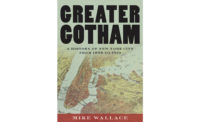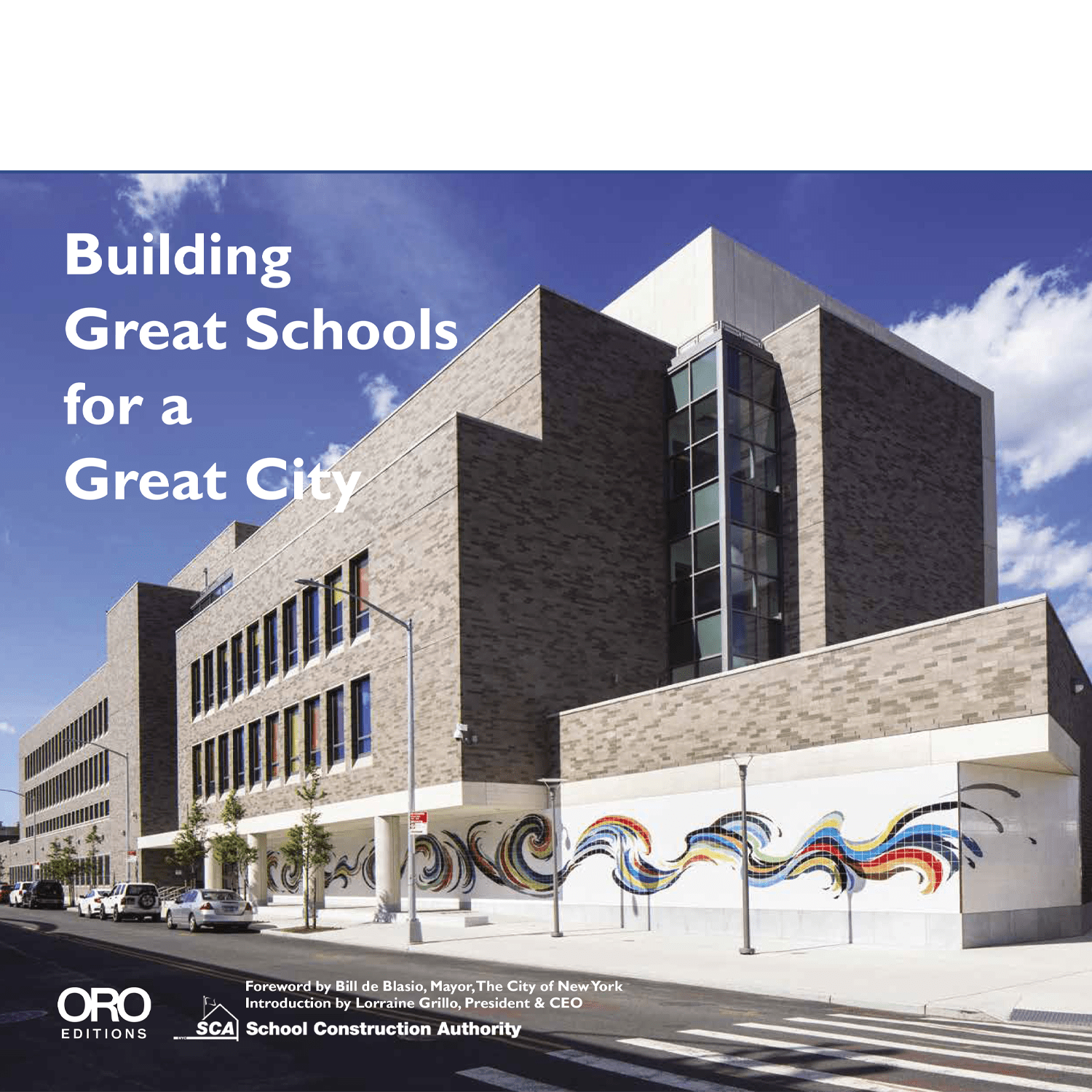You don’t have to live in New York to find that a cookie-cutter nail salon has replaced a treasured longtime lunch spot, or plate glass storefronts have been papered to conceal suddenly empty interiors. Today, in this city and others as different as San Francisco and London, you walk down a familiar street, and, increasingly, there is nothing familiar. Moss’s book will tell you that this affects residents as “root shock,” a form of traumatic stress brought on when your world vanishes.
But the author’s purpose in broadening his influential blog, “Jeremiah’s Vanishing New York,” into a book is, on the one hand, to detail key institutions and neighborhoods that have been wiped out, and, on the other, to pinpoint why this has been happening on the obliterating scale and at the accelerated pace of recent decades. Crucially, he combats two myths: one, that the myriad and gargantuan shifts are no more than the norm of a restless city, and, two, that these overhauls are just the result of market forces.
Moss targets as a primary culprit the 1929 Regional Plan Association’s prescription for the city—investment in finance, insurance, and real estate (FIRE) and dropping the manufacturing that supports a working class—in making it a place for the wealthy and only the hautest of the haute bourgeoisie. Major mechanisms of this astonishingly successful scheme to favor FIRE ventures have been hundreds of millions of dollars in tax breaks (itemized throughout the book) and eminent domain declared to make way for luxury housing, along with the elimination of rent controls for small businesses. Moss refers to this as hypergentrification—not what happens when artists move into a low-rent area but when real-estate interests do. This process causes the diminution of layering and variation that is the essence of a city, physically and culturally, reducing the economic benefits of cross-fertilization between classes and professions, and the inspirations that arise from quirks in the built environment.
Two elements absent from Moss’s lamentation are a longer historical view and making the force of national politics part of the account. The New York of 2018 is much like the New York of 1918, when local plutocrats largely captured city control—not to mention national in the giveaways of rail rights and legislation favorable to interstate corporations, then illegal, that they wished to expand. It is not entirely surprising that we would see a reprise of political values that celebrate the rich and say to the poor that their suffering is their own fault.
To end his book, Moss provides a well-thought-out wish list: for the boards that merely register community opinion to have an actual mandate regarding development in their district; controls on the spread of chain businesses; restoration of commercial-rent regulation; protection of legacy businesses through landmarking (San Francisco’s doing it); limiting the right of landlords to claim losses on commercial vacancies (as London has); rerouting incentives to create affordable housing without luxury units (L.A. is working on it); a tax on pieds-à-terre (see London); reducing and controlling tourism (Amsterdam, Venice, and Barcelona are on it); tightening eminent domain. Amen.





